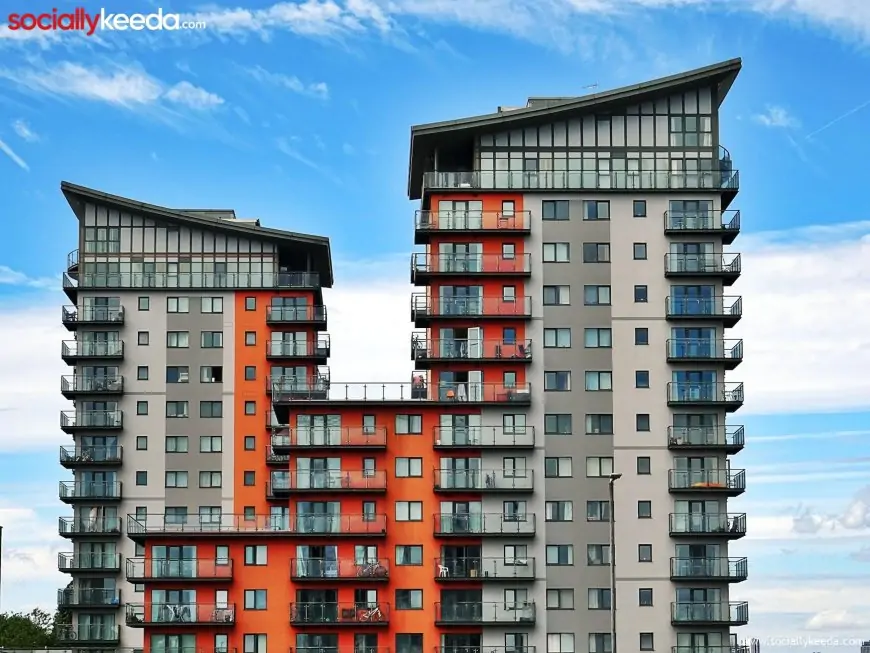Temporary buildings come with many benefits for both entrepreneurs and homeowners. Besides being cheap and easy to construct, temporary buildings are also portable. The buildings are also customizable to fit various needs.
However, people often struggle to choose the perfect temporary structure for their needs. Well, you must weigh several factors ranging from your budget to use cases. It is also advisable to consult an expert before investing in a temporary building.
In this guide, we will answer what temporary buildings are. We will also highlight some of the significant benefits of choosing a temporary structure over a brick-and-mortar building.
What Is a Temporary Building?
Temporary or semi-permanent structures are portable buildings built using prefabricated materials. In some cases, the structures could be set up for short-term use, especially during emergencies.
Industrial tents are one of the most common types of temporary structures. However, other types include interim-steel buildings and steel-framed structures. Steel-framed structures are costlier but are far better than industrial tents. Please visit this web page for more information including other customized options.
Benefits of Temporary Buildings
Temporary structures offer many benefits, but the one that stands out the most is the short setup time. Setting up an industrial tent can take less than a day depending on the size of the structure. The structure can also be set up on any type of surface.
The materials used to set up all temporary buildings are prefabs and arrive on-site ready for installation. Overall, you will spend less on labor costs. Besides that, the materials can be reused multiple times before wear and tear kicks in.
Another benefit of temporary buildings is versatility. Take for instance that an industrial can be used as a warehouse, indoor arena, classroom, or garage. The options can be endless depending on your needs. Moreover, the structure can be customized further if you want to use it for residential purposes.
Temporary buildings also come with plenty of space, which is a plus for those who want to set up warehouses or storage units. The structures can be more than 12 meters in height. The length of the structure will depend on your needs. This means that you will end up with a structure that has enough headroom and floor space for your needs.
Also worth noting is the portability of temporary buildings. It wouldn’t be a wise idea to build a permanent structure on leased property. Here is where temporary structures will come in handy. You can set up temporary structures and pull them down whenever you want. The materials can be transferred to a new location and the building put up afresh.
Do You Need Permits for a Temporary Building?
In some cases, you may need to get a planning permit and building regulations from the relevant authorities in your state. However, in others, you will not as the structure is covered under the permitted development clause.
If you are using the structure for more than four weeks, you need to get a planning permit before putting up the building. Also, if the structure covers more than 50% of your property, you don't need to get a planning permit.
We recommend consulting an expert first if you are not sure. Planning permits and building regulations are legal requirements. Failure to apply for the relevant permits when needed can lead you to legal trouble.
Wrapping Up
There you have all you need to know about temporary buildings. The prices of the structures may vary depending on the material and size. However, if you want one for short-term use, leasing the building could be a more economical option.
Also, check the warranty to ensure that you get a good deal, especially on maintenance. Overall, temporary structures are a good choice, especially for businesses looking for extra space on a budget.



![[WATCH VIDEO] Sophie Rain and sister Sierra Rain as Black Spiderman goes viral [WATCH VIDEO] Sophie Rain and sister Sierra Rain as Black Spiderman goes viral](https://www.sociallykeeda.com/uploads/images/202403/image_140x98_660976c59cce0.webp)





![[FULL WATCH VIDEO] Will Levis And Gia Duddy Leak Video Viral On Social Media [FULL WATCH VIDEO] Will Levis And Gia Duddy Leak Video Viral On Social Media](https://www.sociallykeeda.com/uploads/images/202405/image_140x98_6651e7ae8038d.webp)


